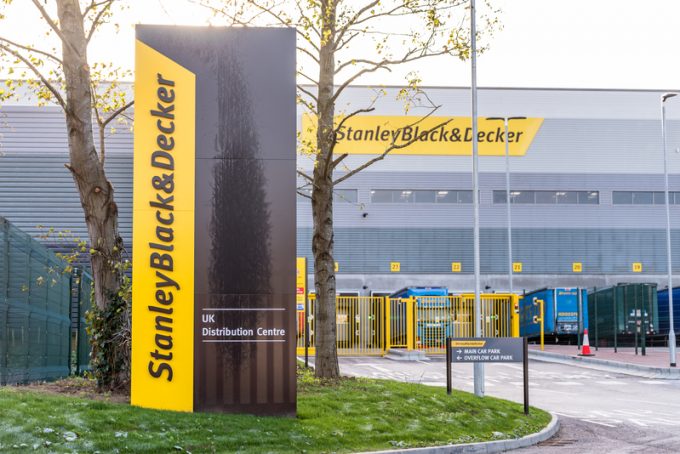Ocean carriers hold contract rates 'at a decent level', as spots tumble
While spot rates across the major deepsea trades have been on the decline since the ...

The appetite for long-term contracts, much desired by shipping lines, has waned with the onset of war – while long-term relationships with forwarders and carriers are also suffering from deep mistrust by shippers.
“The world is a lot more volatile today than it was a month ago,” explained Jeff Douville, director global logistics for Stanley Black & Decker.
“We want to secure capacity at the best fixed rates possible, and to make sure that marries with the global economic situation. We don’t ...
Volcanic disruption at Anchorage could hit transpacific airfreight operations
Macron calls for ‘suspension’ – CMA CGM's $20bn US investment in doubt
Forwarders stay cool as US 'liberation day' tariffs threaten 'global trade war'
Shippers snap up airfreight capacity to US ahead of tariff deadline
De minimis exemption on shipments from China to the US will end in May
Tighter EU import requirements proving 'a challenge' for forwarders
Looming Trump tariffs will create 'a bureaucratic monster' for Customs

Comment on this article